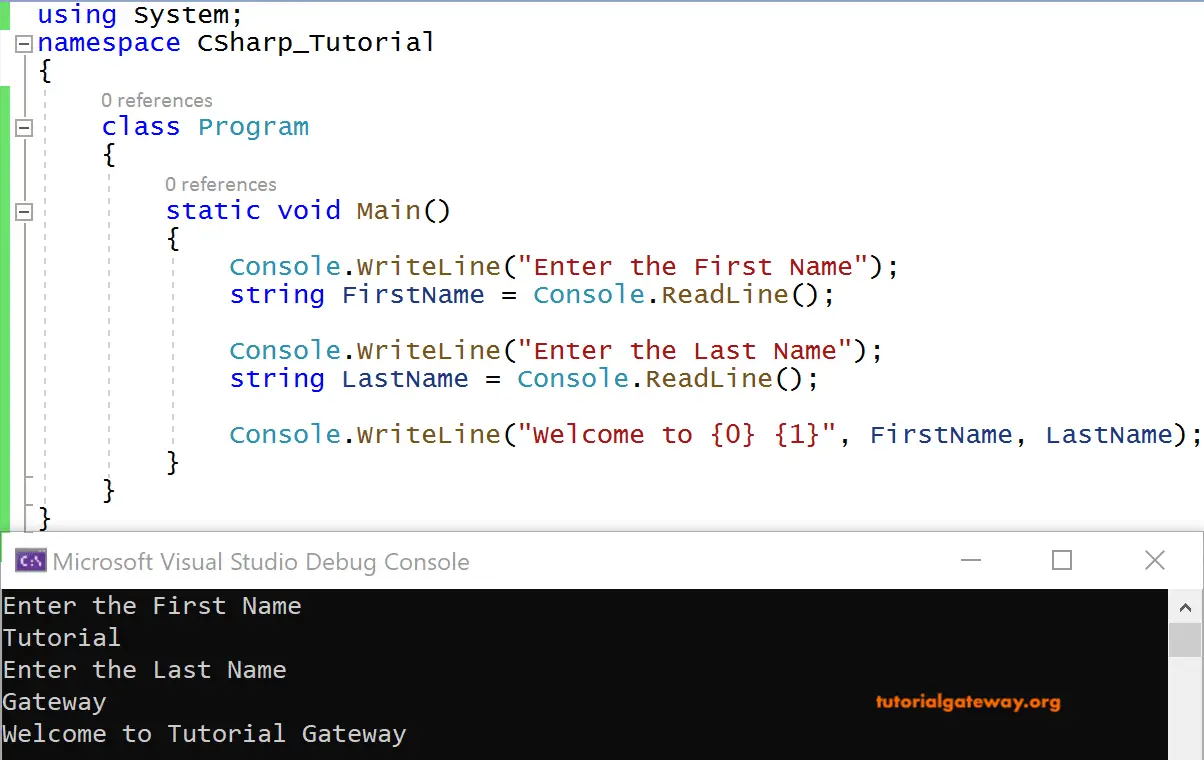

Surprised to see why I put the value of ch1 as 128? Here’s another thing about this data type. Here’s how we declare signed(declared as char above) and unsigned char values: unsigned char ch Whereas, for an unsigned char the range is from 0 to 255. For a signed char the range is -128 to +127. Like integers, here we have signed and unsigned character values. So these are actually two ways of initializing a character value. And ch2 variable stores the value 67(ASCII for ‘C’). Here, in ch1 variable, we store ‘A’, i.e., the binary equivalent of the ASCII value of A(=binary of decimal 65) gets stored. Here is how we declare character variables: char ch, ch1='A', ch2=67 The keyword used for character data type is ‘char’. Its range is the same as int.Ĭharacter data types are used to define variables taking one character as its value. double on the positive side.īy default, the signed type is declared and we do not need to use signed. Signed int works like an int.
#Basic data types in c free
This is because the leftmost bit is free and does not need to store the sign of the number. In case we need to take positive values only, then we can use unsigned int. We have another classification of the integer data type: signed and unsigned int.

This is how we declare the integer variables: int num,length It is declared by using the keyword ‘long’ or ‘long int’. The long integer gives us a long range or a bigger size compared to ‘short’ but it can cause our program to take more time for execution because of the storage size it offers. It is declared by using the keyword ‘short’ or ‘short int’. It can boost up the runtime because it uses less space. The short integer can be used in places where small values and little storage space is required. Note that the size of the given data types is in bytes. Similarly, the size of the integer data type (in bytes) also differs for different compilers as shown in the table below: In the tutorial constants, we saw that the range of the constants differed for different compilers.

if we are sure that our requirement is small and it will never go beyond the range of small we shall take small and likewise). There are other data types like ‘short’ and ‘long’ used to define integer values but they have different ranges (we use them as per the requirement of the program i.e. The most commonly used keyword or the data type used to define the integer type data is ‘int’. Integer data types are used to define the variables taking integer values with or without constant values given to them. A function with a void return type does not return any value. It is usually used to define the type of return value in a function. ‘Void’ is another primary data type that means ‘no value’. Here are the most commonly used primary data types:

#Basic data types in c code
With such a wide range of classification and variety, the programmer has got many different data types to choose from as per the requirement and use it in their code along with the advantage of the secondary data types. Primary data types could be of several types like an int can be unsigned int, short int, unsigned long int, etc. It defines the most basic data like int, char, float, etc. Primary data types, also known as ‘primitive data type’ or ‘fundamental data type’, are the built-in data types that are provided by the programming language.


 0 kommentar(er)
0 kommentar(er)
